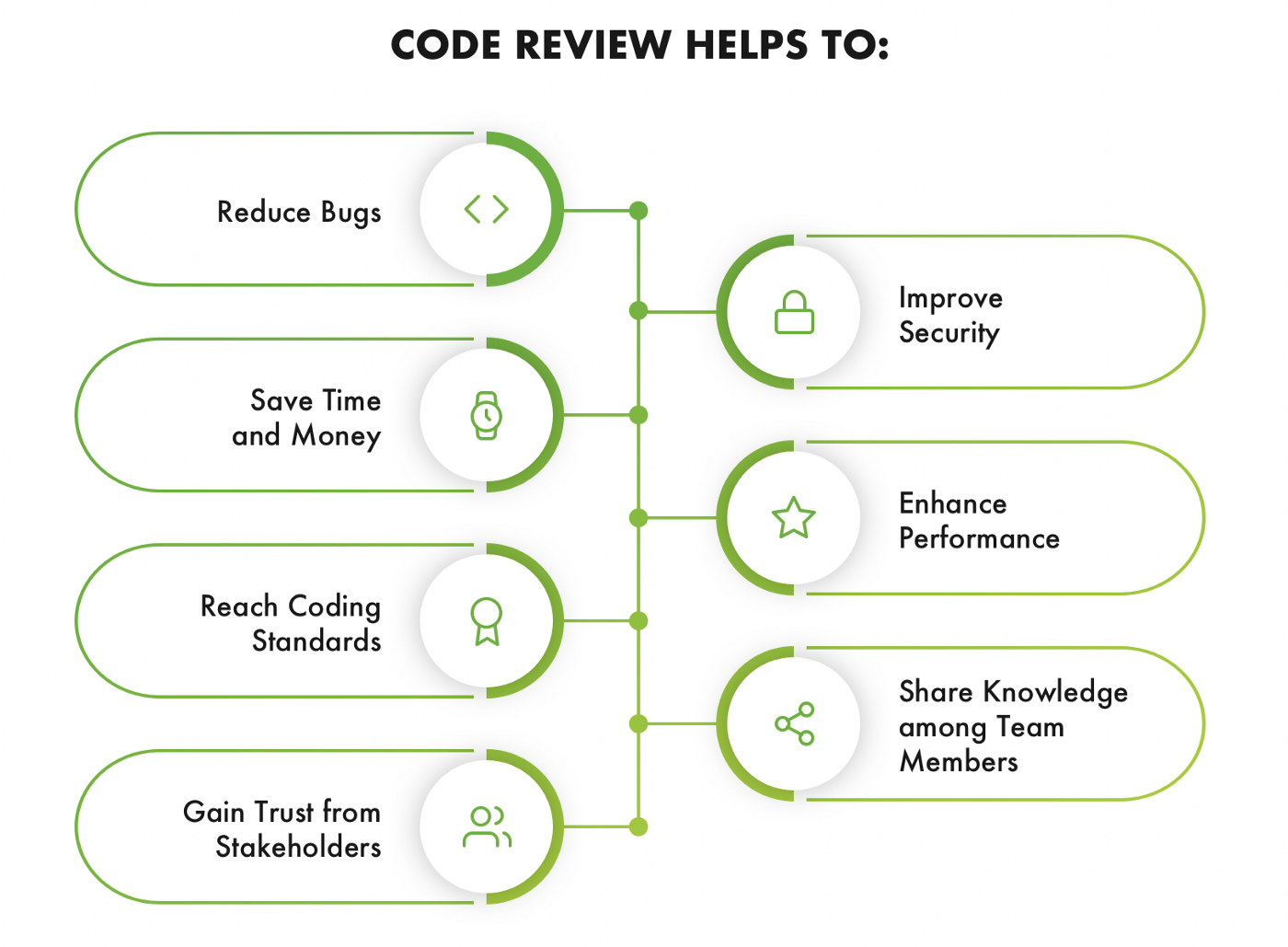
Introduction:
Efficient coding review processes are instrumental in maintaining code quality and fostering collaborative development. This article delves into best practices and tips to enhance the coding review process, ensuring excellence and efficiency within your development team.
1. Establish Clear Objectives:
Define clear objectives for the coding review process. Whether it’s catching bugs, ensuring adherence to coding standards, or promoting knowledge sharing, having well-defined goals helps streamline the review process. Clear objectives provide focus and contribute to the overall success of the code review.
2. Select the Right Reviewers:
Choosing the right reviewers is crucial for an effective review. Identify individuals with expertise in the relevant areas of the codebase. Diversify the reviewers to bring different perspectives, and consider rotating roles to encourage shared responsibility within the team.
3. Set a Realistic Timeframe:
Efficiency in the coding review process is dependent on a realistic timeframe. Set clear deadlines for the review to prevent delays in project timelines. However, ensure the timeframe is reasonable, allowing reviewers to thoroughly assess the code without rushing through the process.
4. Leverage Automated Code Analysis:
Incorporate automated code analysis tools to complement manual reviews. Tools like static code analyzers can catch common issues, ensuring that reviewers can focus on more complex aspects of the code. Automation speeds up the process and enhances the overall effectiveness of the coding review.
5. Encourage Constructive Feedback:
Promote a culture of constructive feedback within the team. Emphasize the importance of providing feedback that is specific, actionable, and focused on improving the code rather than criticizing the developer. Constructive feedback fosters a positive environment for continuous learning and improvement.
6. Prioritize High-Impact Changes:
Prioritize the review of high-impact changes or critical sections of the code. Focus on areas that are prone to introduce bugs or have a significant impact on the overall system. This targeted approach ensures that resources are allocated efficiently during the review process.
7. Document Review Decisions:
Document decisions made during the coding review. This documentation serves as a reference for future reviews and provides transparency into the rationale behind certain code changes. It aids in knowledge sharing and helps maintain consistency across the codebase.
8. Foster Open Communication:
Encourage open communication between developers during the review process. Establish a collaborative environment where developers can discuss code changes, ask questions, and seek clarification. Open communication enhances understanding and minimizes the chances of misunderstandings.
9. Continuous Training for Reviewers:
Invest in continuous training for coding reviewers. Keep them updated on the latest technologies, coding standards, and best practices. Regular training sessions ensure that reviewers are equipped with the knowledge needed to conduct thorough and effective reviews.
10. Review the Review Process:
Periodically evaluate and refine the coding review process. Solicit feedback from team members to identify areas for improvement. Assess the effectiveness of the process in achieving its objectives and make adjustments as necessary to adapt to the evolving needs of the team.
Conclusion:
The coding review process is a dynamic and integral part of the software development lifecycle. By implementing these best practices and tips, teams can ensure that their coding reviews are efficient, constructive, and contribute to the overall improvement of code quality.
To explore further insights into Coding Review Process Best Practices Tips, visit boydmillerwebdesign.com.




![Average Renovation Costs in [Your Location] Average Renovation Costs in [Your Location]](https://images.unsplash.com/photo-1517103278237-421a1cb020fa?fm=jpg&q=60&w=3000&ixlib=rb-4.0.3&ixid=M3wxMjA3fDB8MHxzZWFyY2h8M3x8aG93JTIwbXVjaCUyMHJlbm92YXRpb24lMjBjb3N0fGVufDB8MHwwfHx8Mg%3D%3D)





